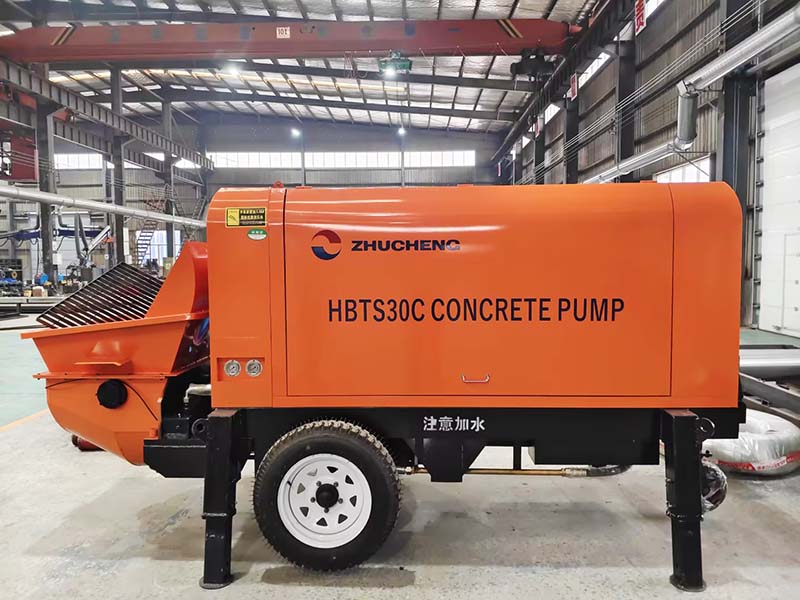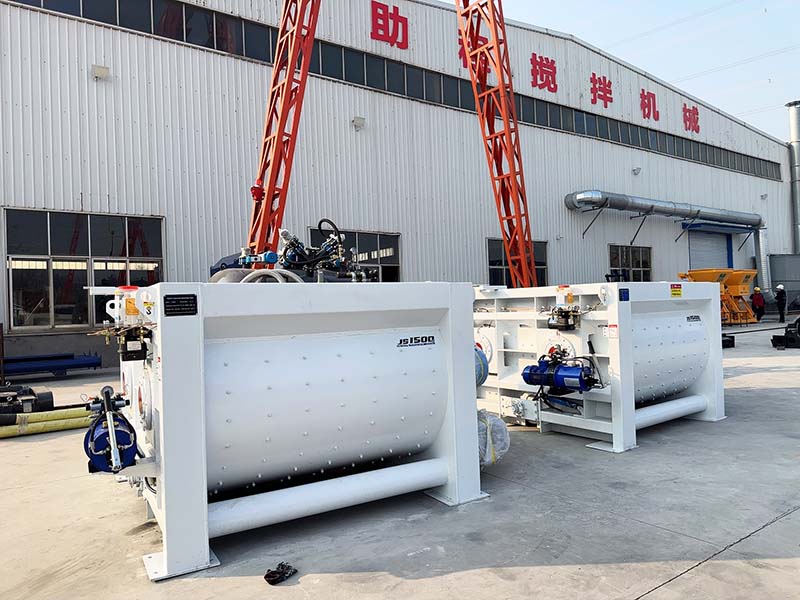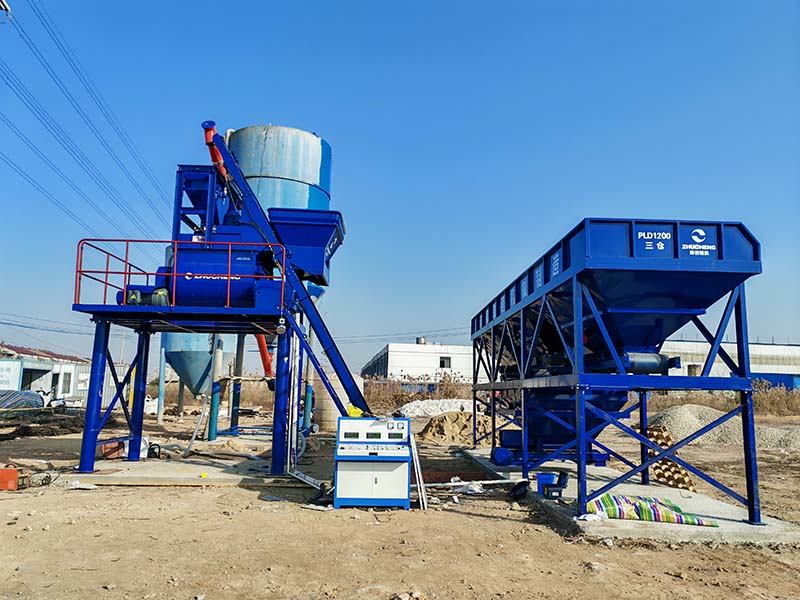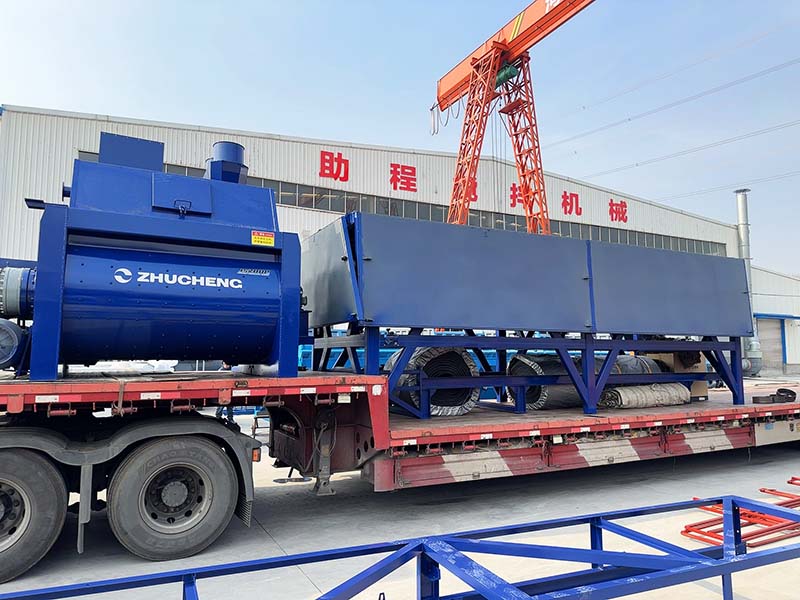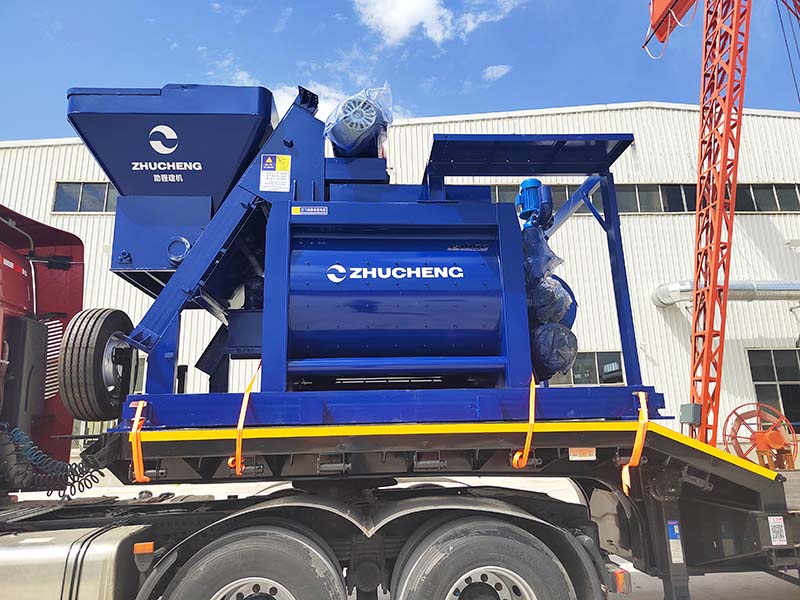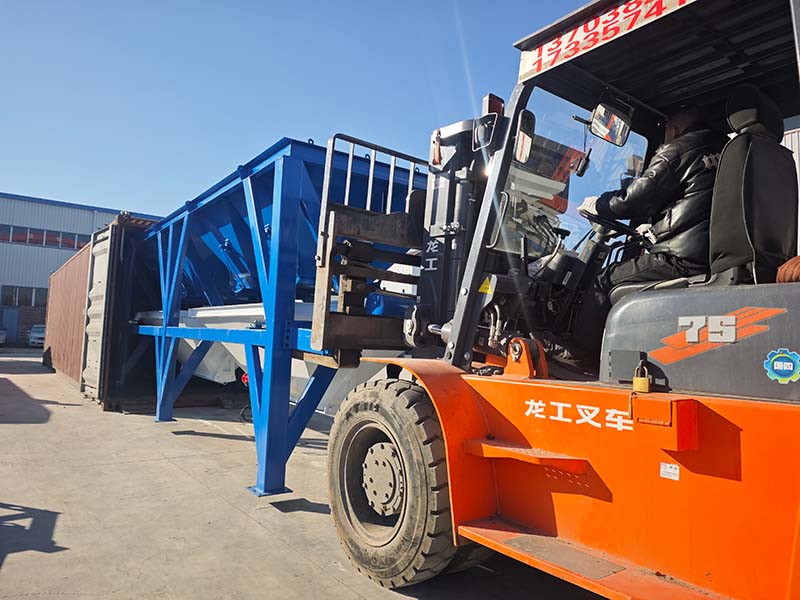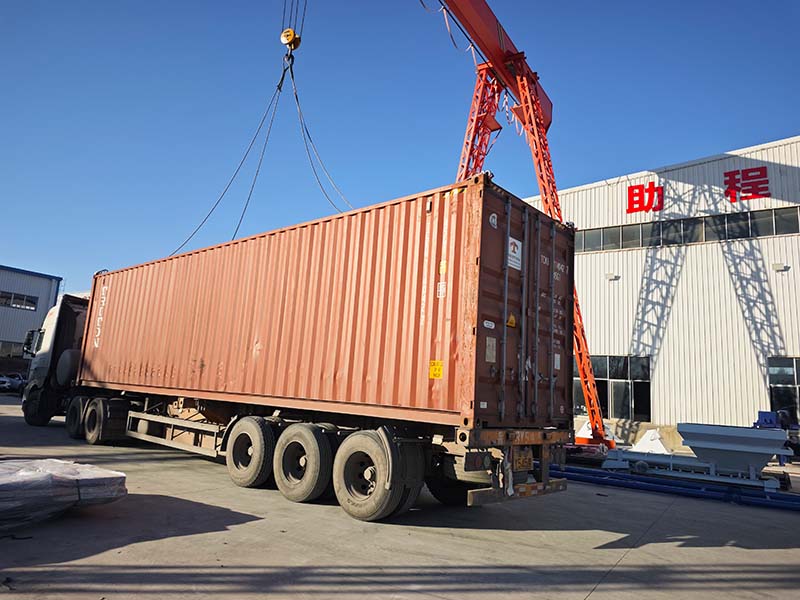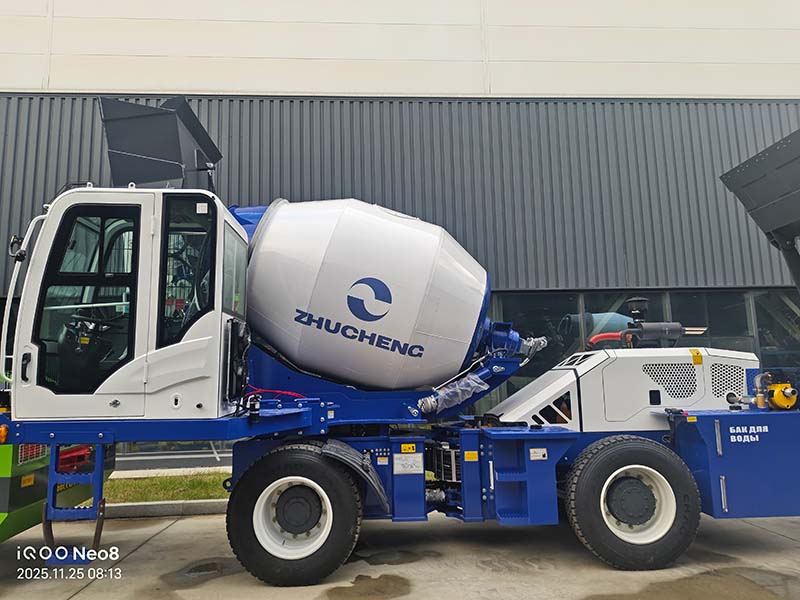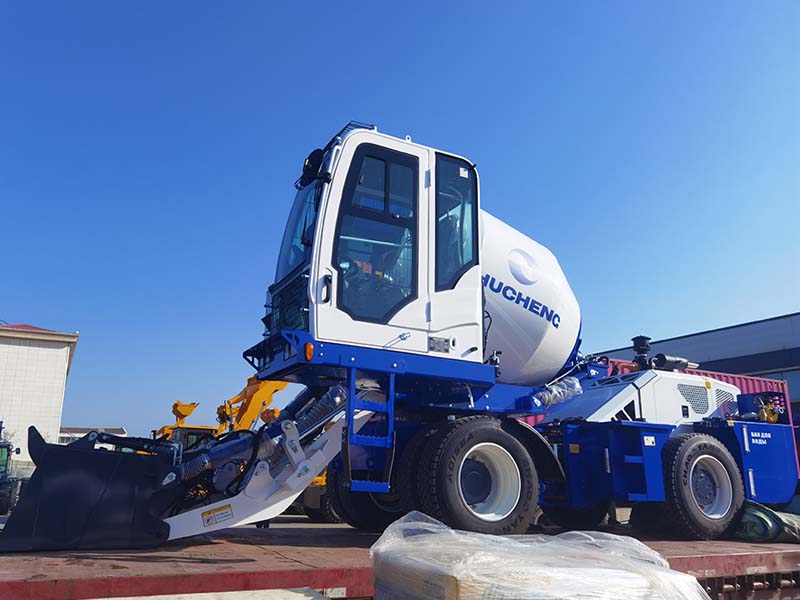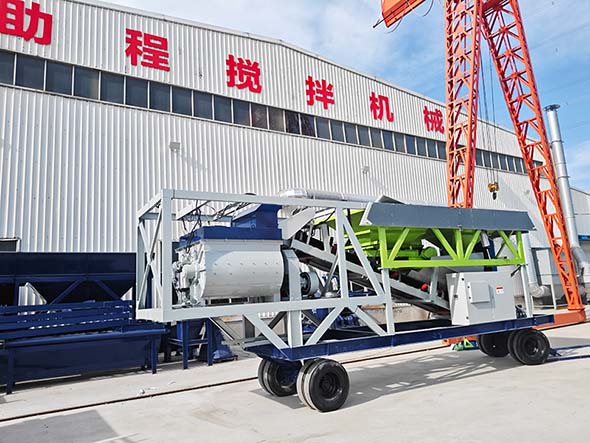Zhucheng Concrete Pump to Croatia
A new shipment of HBTS30C concrete pump is on its way to Croatia, providing local construction projects with reliable and efficient pumping technology. This delivery highlights the growing international demand for high-performance construction machinery capable of tackling diverse and challenging projects, from urban developments to critical infrastructure. Core Advantages for Enhanced Performance Our HBTS30C concrete pump is engineered to meet the rigorous demands of modern construction sites, offering a blend of power, intelligence, and reliability. 1. Robust and Intelligent Pumping SystemAt its core, the HBTS30C features a high-pressure pumping system designed for stable, long-distance concrete delivery. It incorporates advanced S-tube valve technology, which is particularly effective for pumping fine-aggregate and stone concrete mixes. The wear-resistant alloy used in key components like the eye plate and cutting ring significantly extends the service life of these parts. 2. Reliable Hydraulic and Control SystemsThe pump utilizes a well-designed open hydraulic system that minimizes shock during directional changes and reduces heat generation, enhancing overall stability. Operation is simplified through an intelligent electronic control system. This system provides real-time monitoring, fault diagnosis, and features like...



